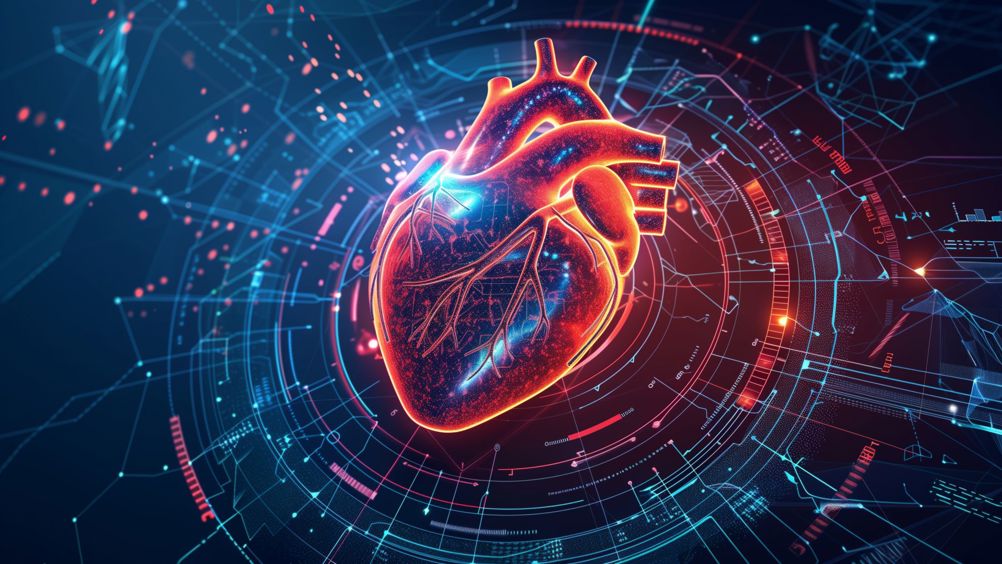Described in the IEEE Journal of Biomedical and Health Informatics, the device uses a 24Ghz continuous-wave radar system to bounce electromagnetic waves off the body, which can be fully clothed. Advanced signal processing is then applied to the reflections of these sound waves to provide a precise pulse reading.
Related content
In tests on volunteers who were lying down but still in their clothes, the ‘radar stethoscope’ matched electrocardiogram (ECG) readings with 99 per cent accuracy. According to the Glasgow team, the device could play a role in future healthcare systems that can monitor patients around the clock non-invasively.
“In recent years, advances in sensing technologies have opened up promising new methods of tracking patients’ vital signs without physical contact,” said study co-author Professor Qammer H Abbasi, co-head of the Communications, Sensing and Imaging Hub at Glasgow’s James Watt School of Engineering.
“These advances could help provide clinicians with round-the-clock monitoring of their patients without the use of invasive or uncomfortable wearable sensors, and strengthen infection control measures in cases where patients have a communicable illness.
“What we’ve been able to with this research is take a big step towards enabling the full potential of radar as a contact-free health monitoring tool. Our signal processing approach has enabled much more accurate detection of heart sounds and measurement of heart rate, which bring it close to the performance of ECG monitoring.”
Testing saw the researchers collect heart sound and chest movement data from male and female volunteers using radar over periods of 30 seconds, 60 seconds, and five minutes. They also measured three different intensities of heartbeat - a ‘resting’ state of between 60 and 80 beats per minute, an ‘anxiety’ state of 100-130 bpm, and a ‘transition’ state of between 80 and 130 bpm. Readings were found to differ from the simultaneous ECG measurements by less than one beat per minute.
“This paper shows that radar can be used to monitor heart sounds with remarkable precision, which could make it invaluable for use in clinical settings and at home in the future,” said Professor Muhammad Imran, head of Glasgow University’s Communications, Sensing and Imaging Hub, and a co-author of the paper.
“We’re already looking at other ways to precisely read people’s other vital cardiovascular signs using this technique. We hope to develop a more fully-featured commercial design in the future which could pair heart rate monitoring with breathing rate, blood pressure readings and other useful measurements.”











Comment: Hydrogen requires a long-term mindset
Hydrogen does have and will have its uses. There are always "nay sayers" but these should not be confused with those raising issues that...